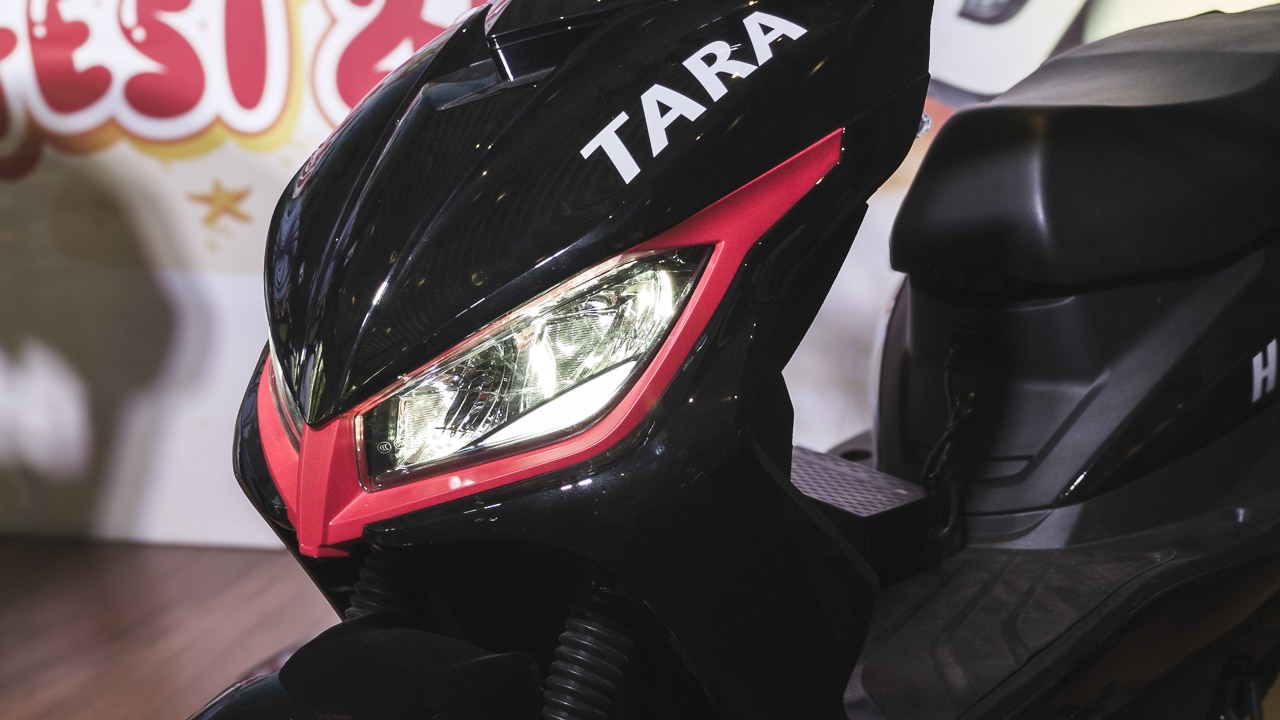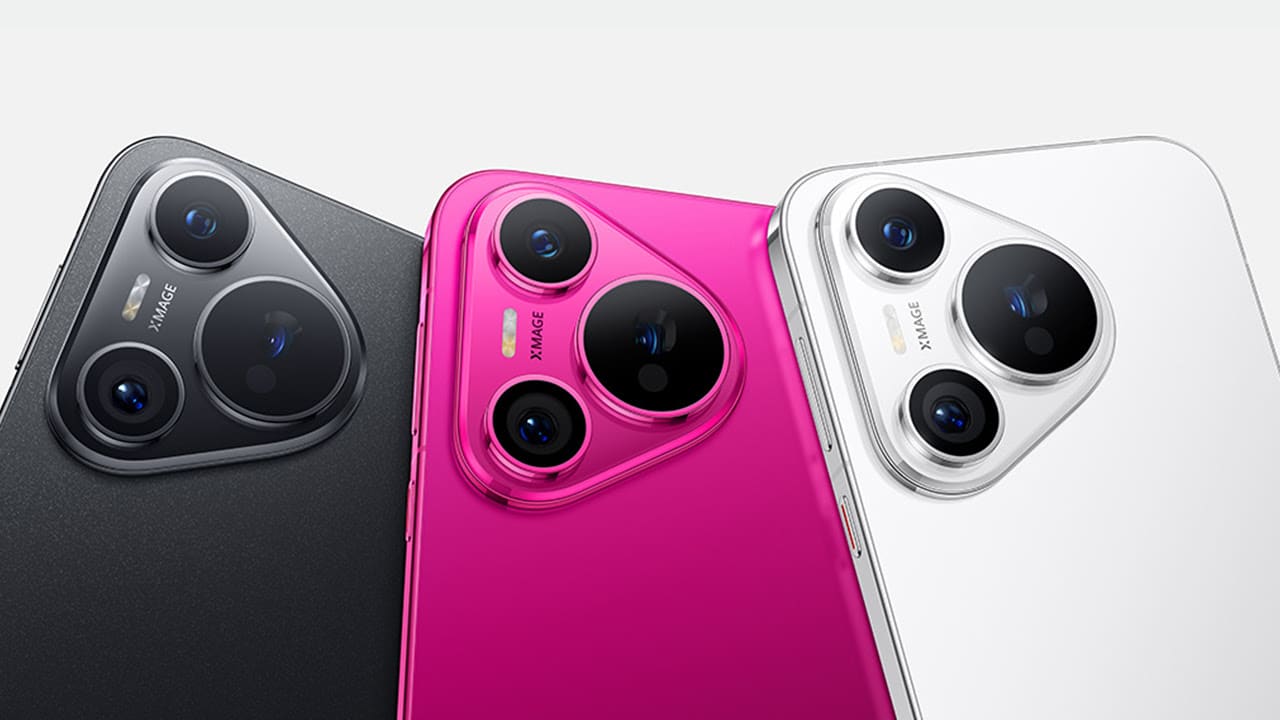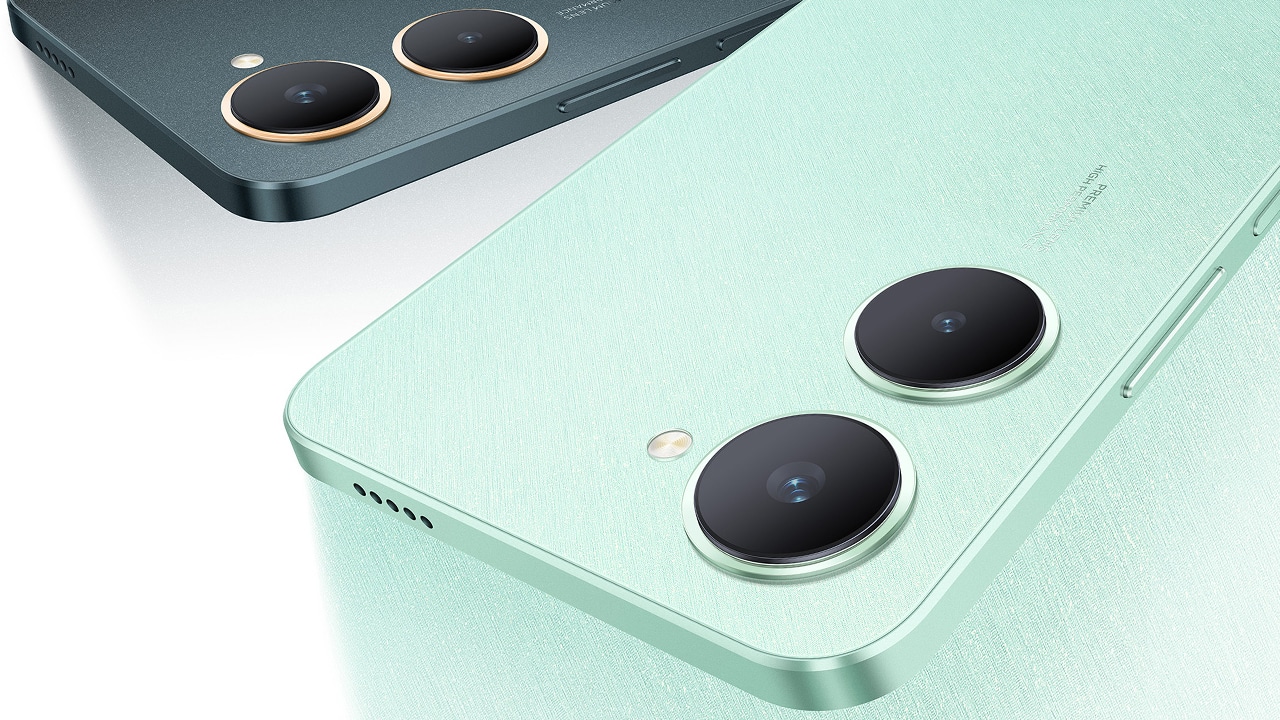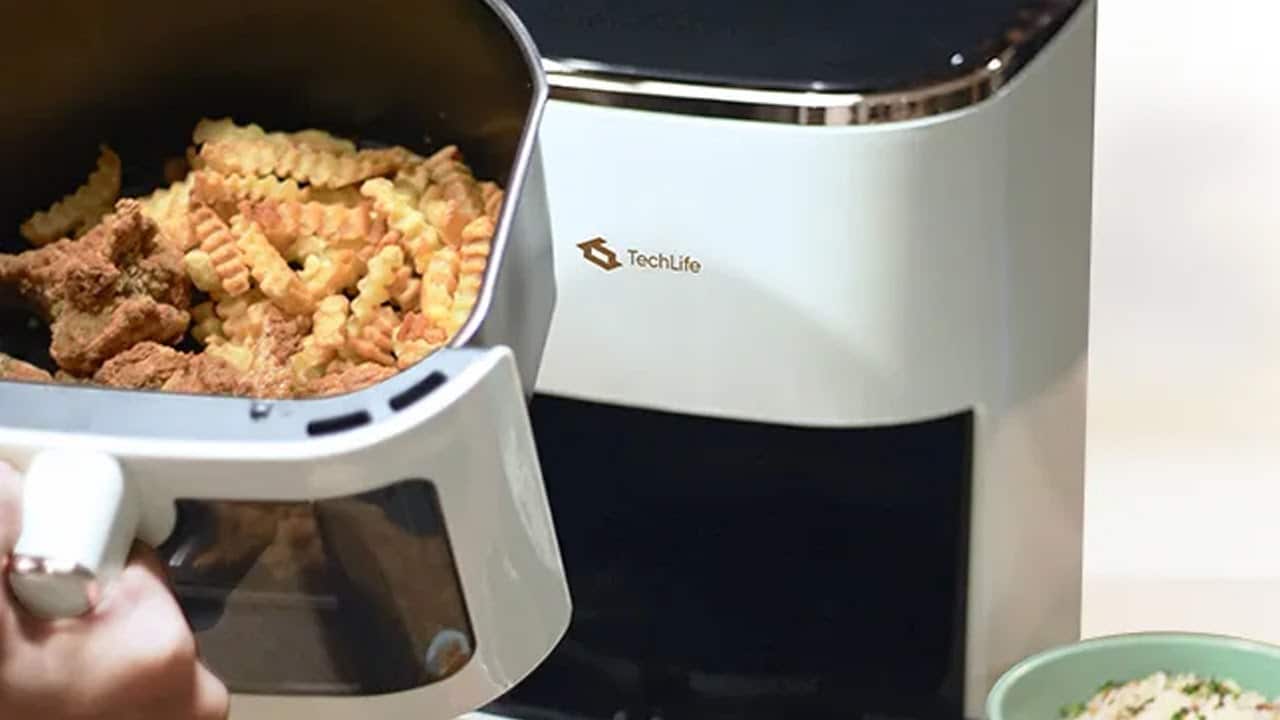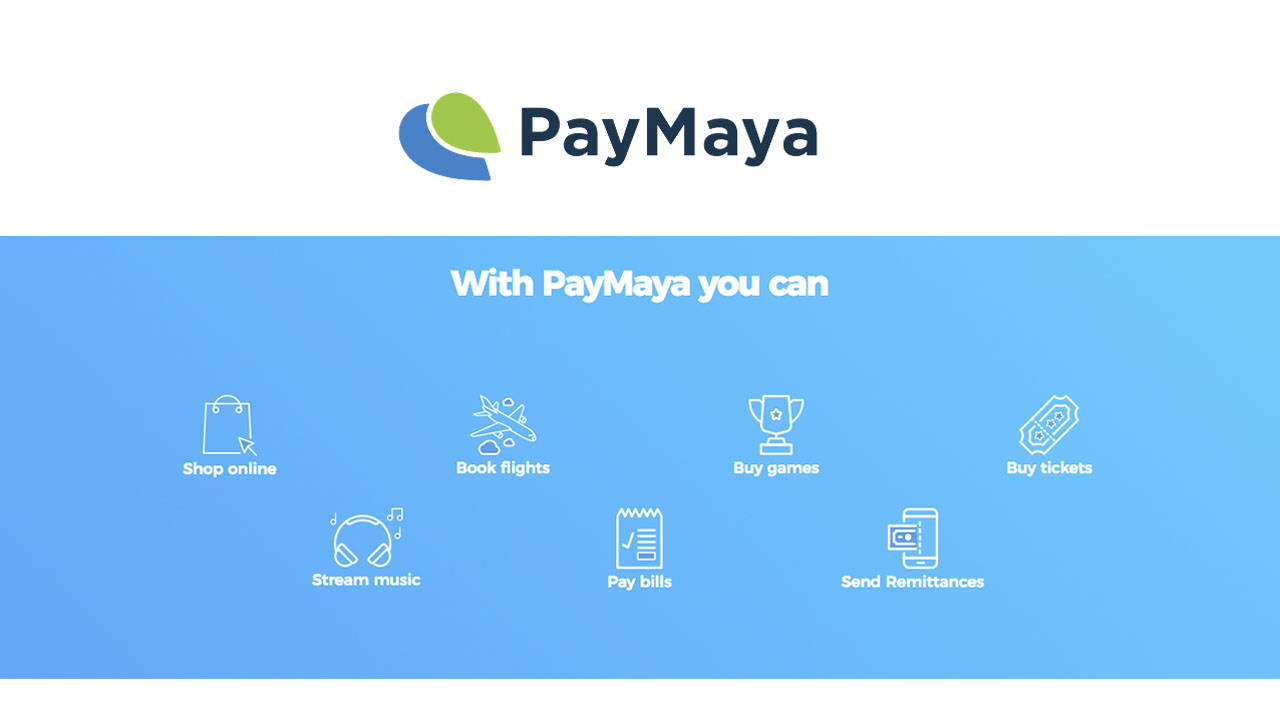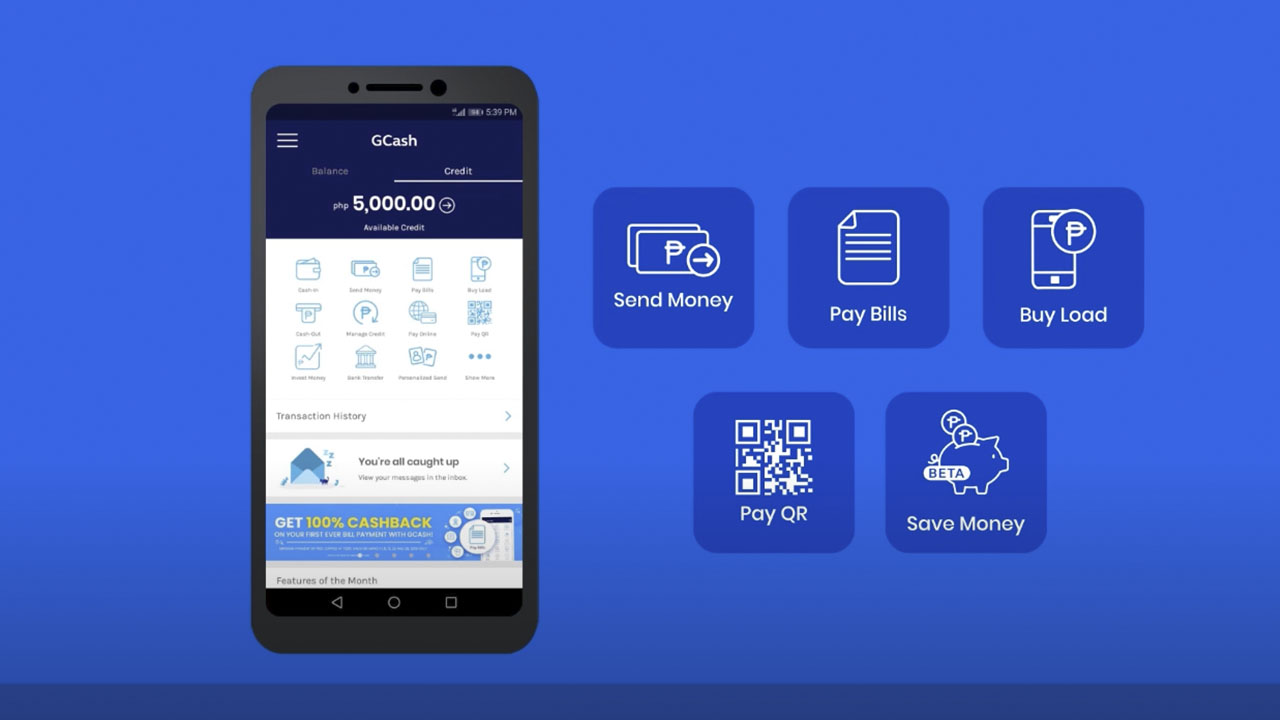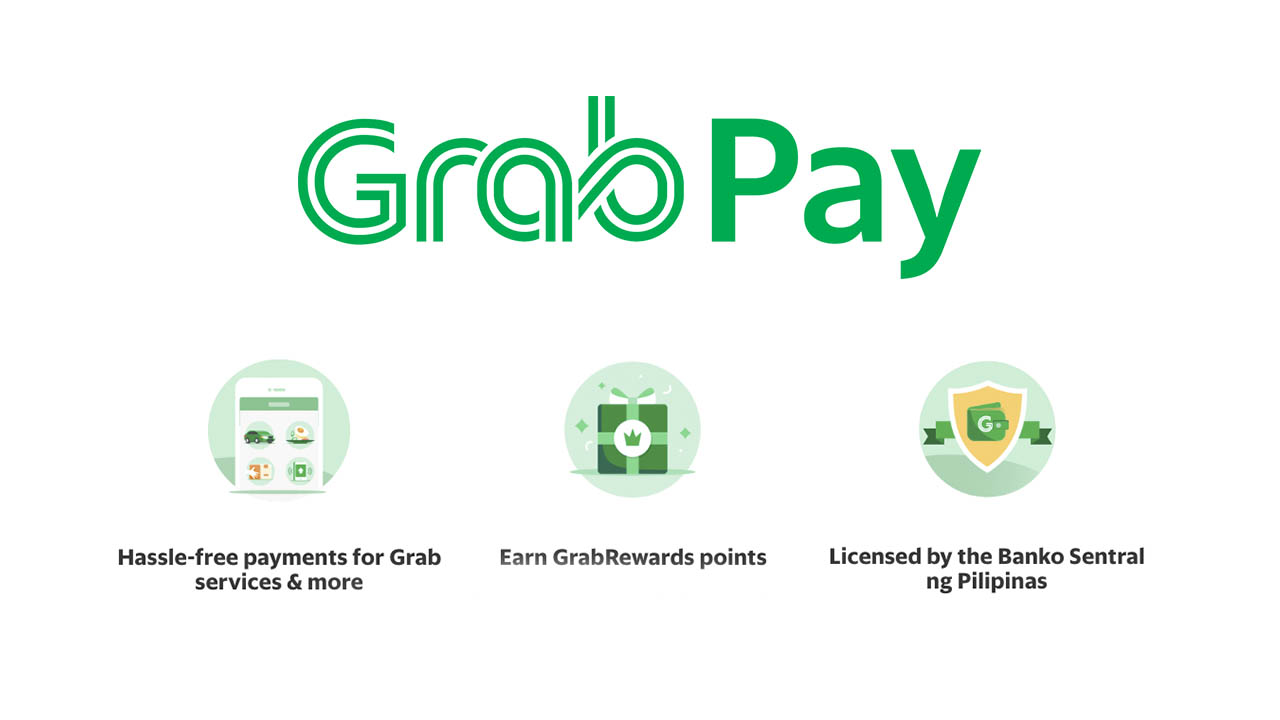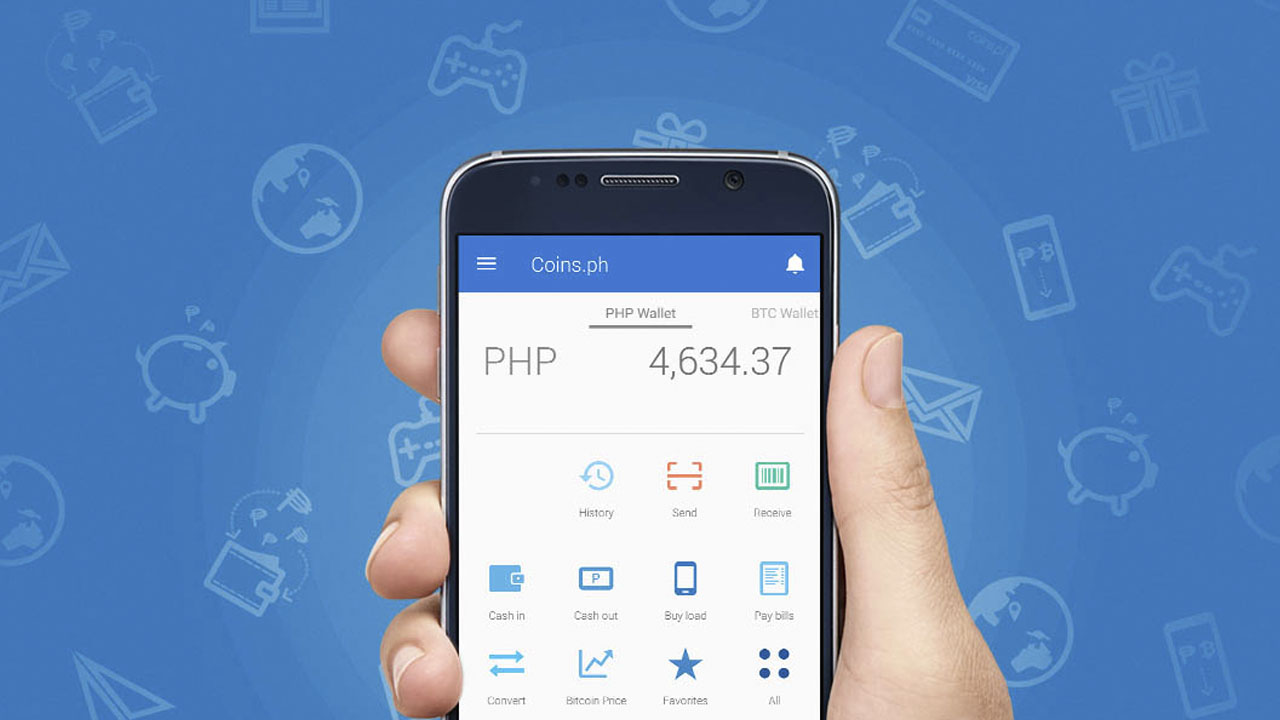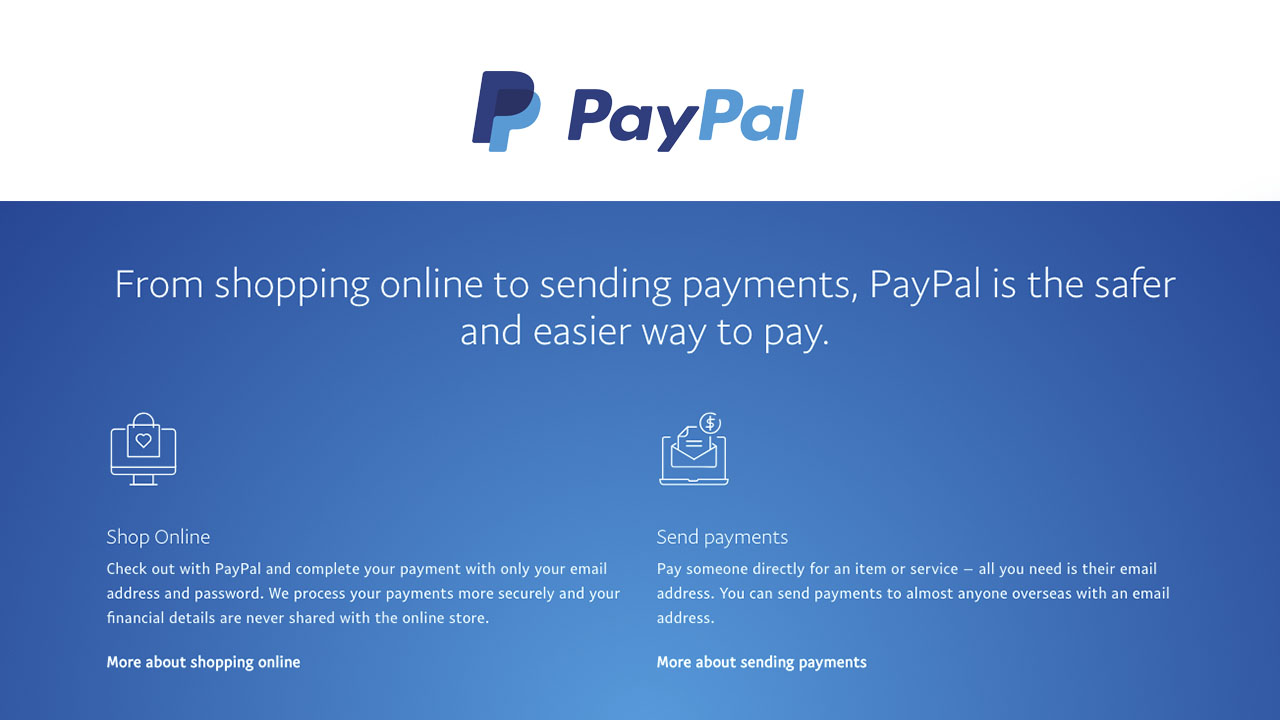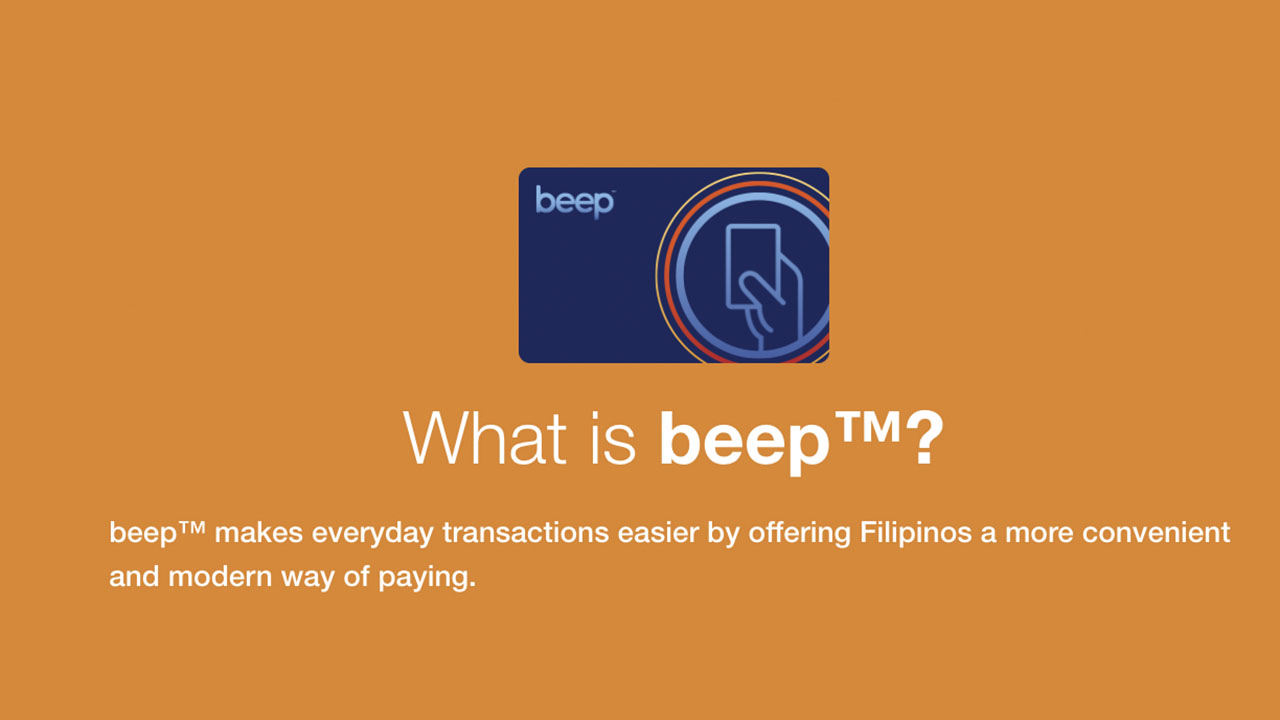vivo has finally launched its much-anticipated X80 flagship series for 2022, Successor to the already remarkable X70, this year’s devices also offer nothing short of a superior and premium experience with industry-leading camera quality and unparalleled performance.
We already spent some time with its younger sibling, the vivo X80, but this time we have our first look at the more premium variant, the vivo X80 Pro.
Unboxing
Starting with the box, vivo has chosen to continue its tradition of packaging its flagship devices in a more luxurious style. Just by looking at the package, you know you’re in for something special.
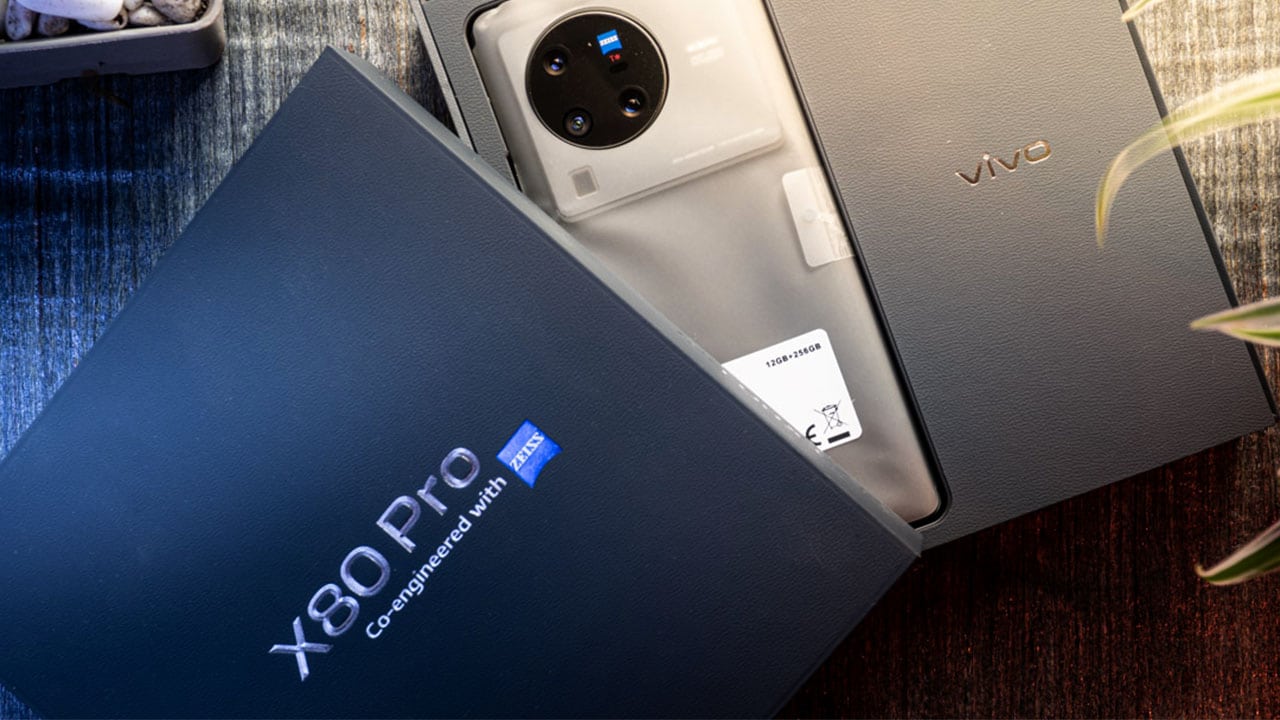
The vivo X80 Pro comes in its familiar X-series box that uses high-end materials. Housing the device is a 7×7.5-inch matte black box wrapped in a leather-like material that’s soft to the touch. The phone model is engraved in gold along with that eye-catching metallic blue ZEISS logo.
Upon opening the box, you are greeted with the device tucked in its neatly cut crevice with the brand name in more gold.
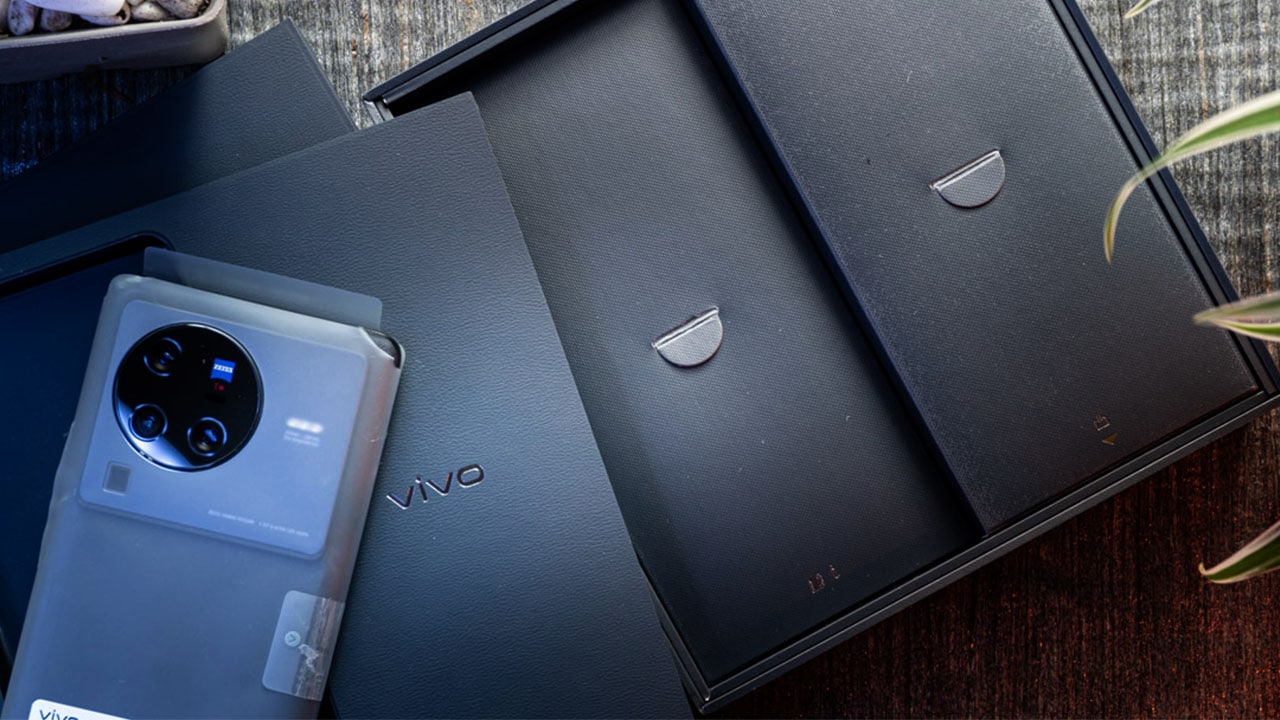
Underneath we find two more boxes with creative hieroglyph-like markings (again, in gold) symbolizing its contents. On the left, we have the leather-like hard case and the sim ejector, while the right contains the power brick, USB-C charging cable, some documents, and a pair of earphones (something we don’t see very often these days) with extra ear-tips.
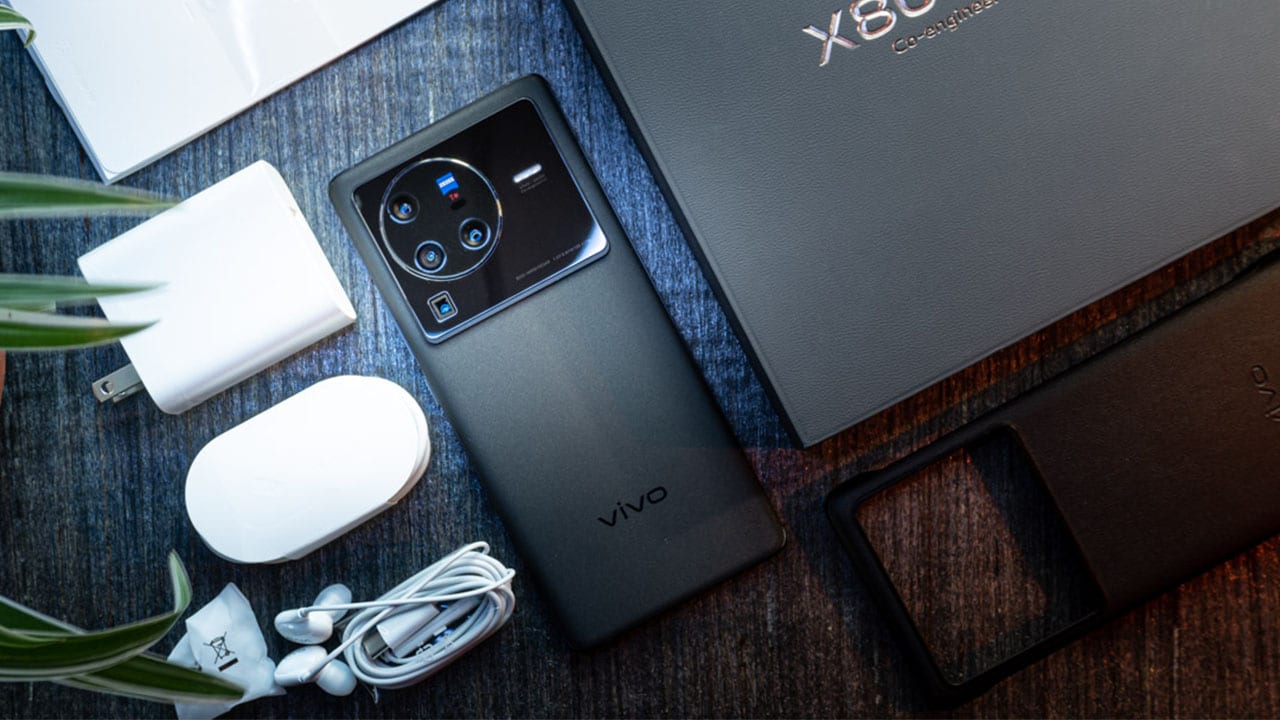
Every single thing in the box feels premium and high-grade even down to its sim ejector.
First impressions and design
The device itself feels solid and heavy with its glass body and has a very comfortable grip. The materials used are obviously top quality and overall, it’s just an elegant-looking phone.
Wrapping the front of the device is a curved 2K AMOLED screen that delivers crisp and vibrant graphics and features a single punch-hole 32mp f/2.5 selfie camera.

At the bottom, we find our SIM tray, microphone, USB-C charging port, and lastly, the speaker grille.
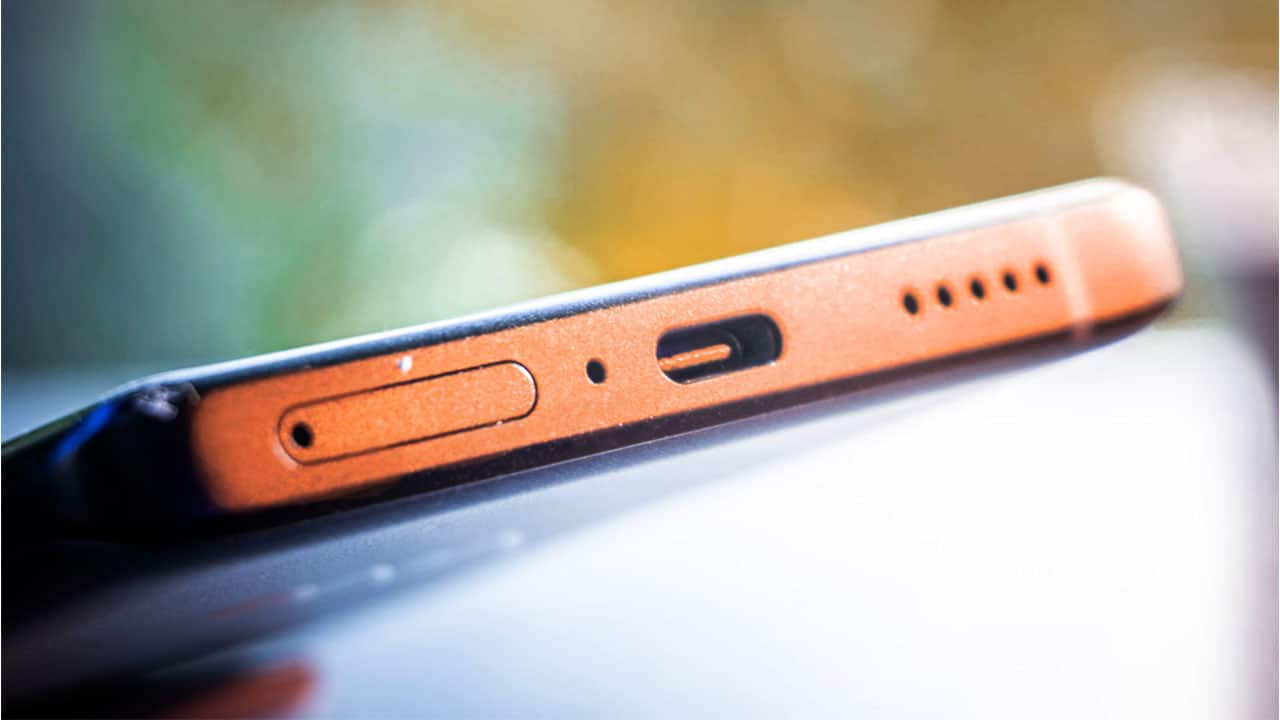
Moving to the right, you find the power button and volume rocker which feel tactile to the touch.
Up top, we find another mic and an IR blaster. We can also find the words “Professional Photography” engraved on the device to remind you that this is no ordinary camera phone.
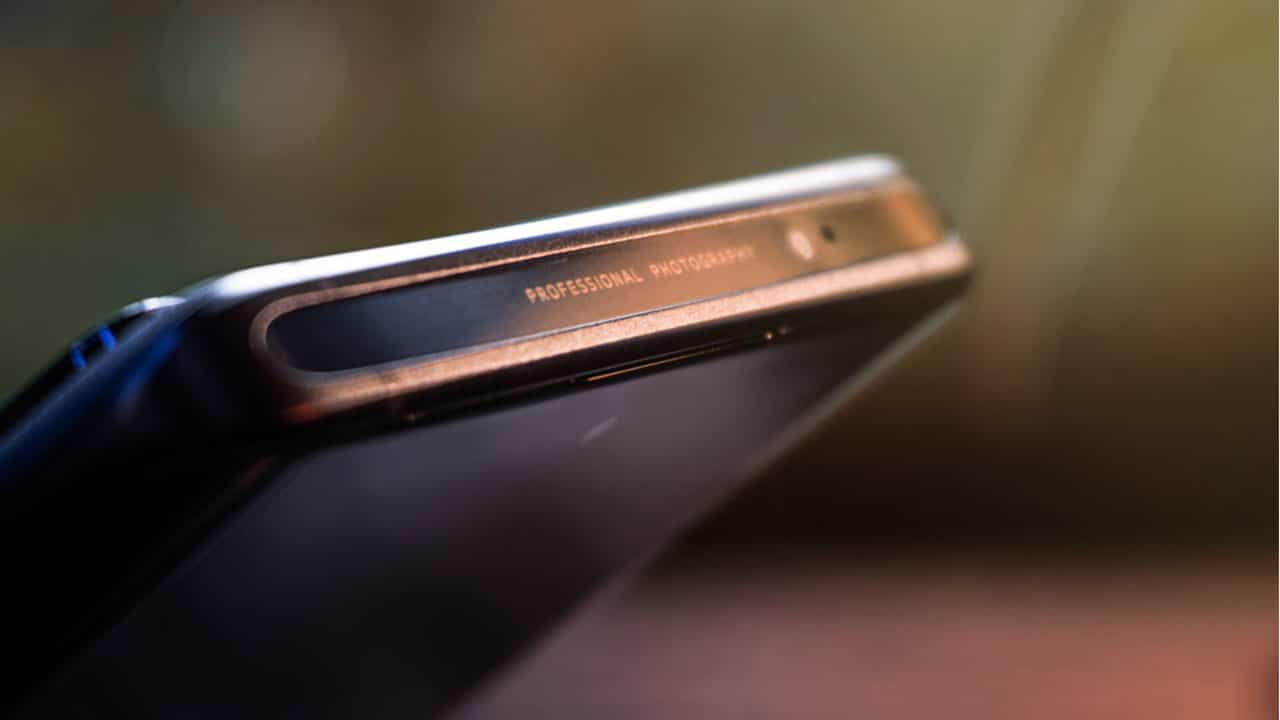
You will notice that the bezels are seamless and the all-aluminum chassis contributes to the overall luxury theme.
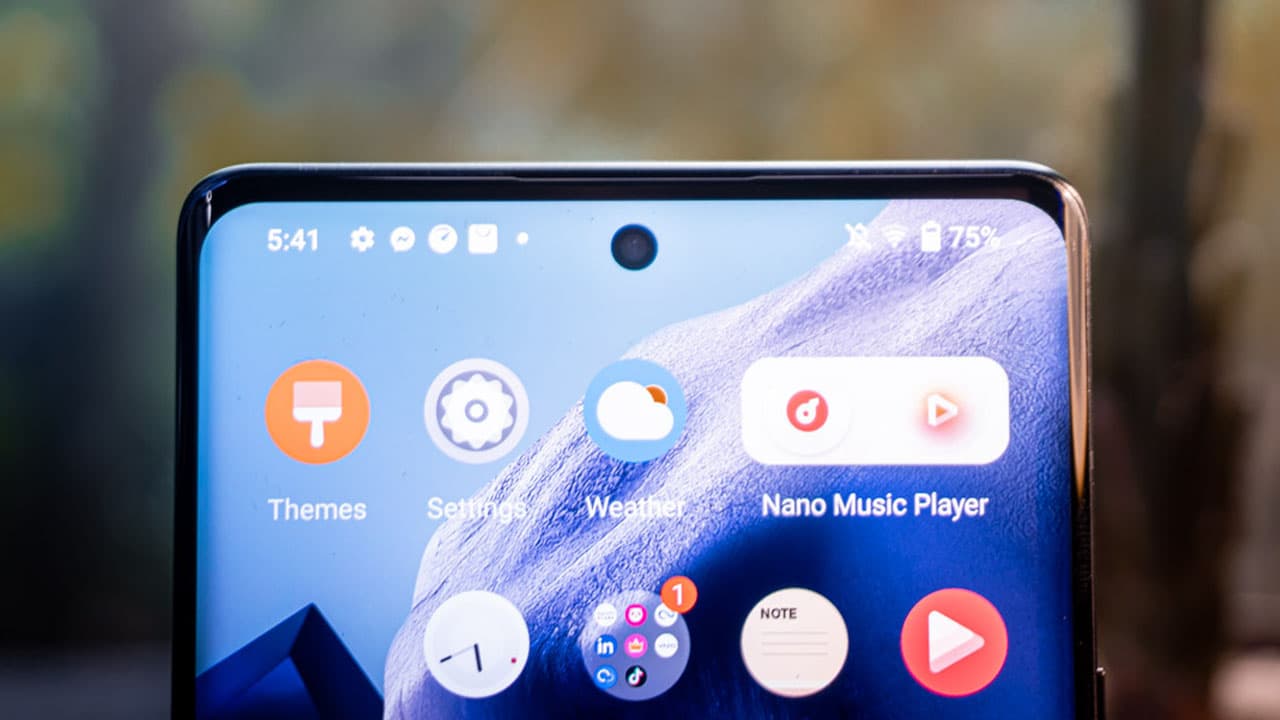
The vivo X80 Pro comes in a single color, Cosmic Black, that has a silky smooth feel paired with a textured satin-like finish embellished with the brand logo.
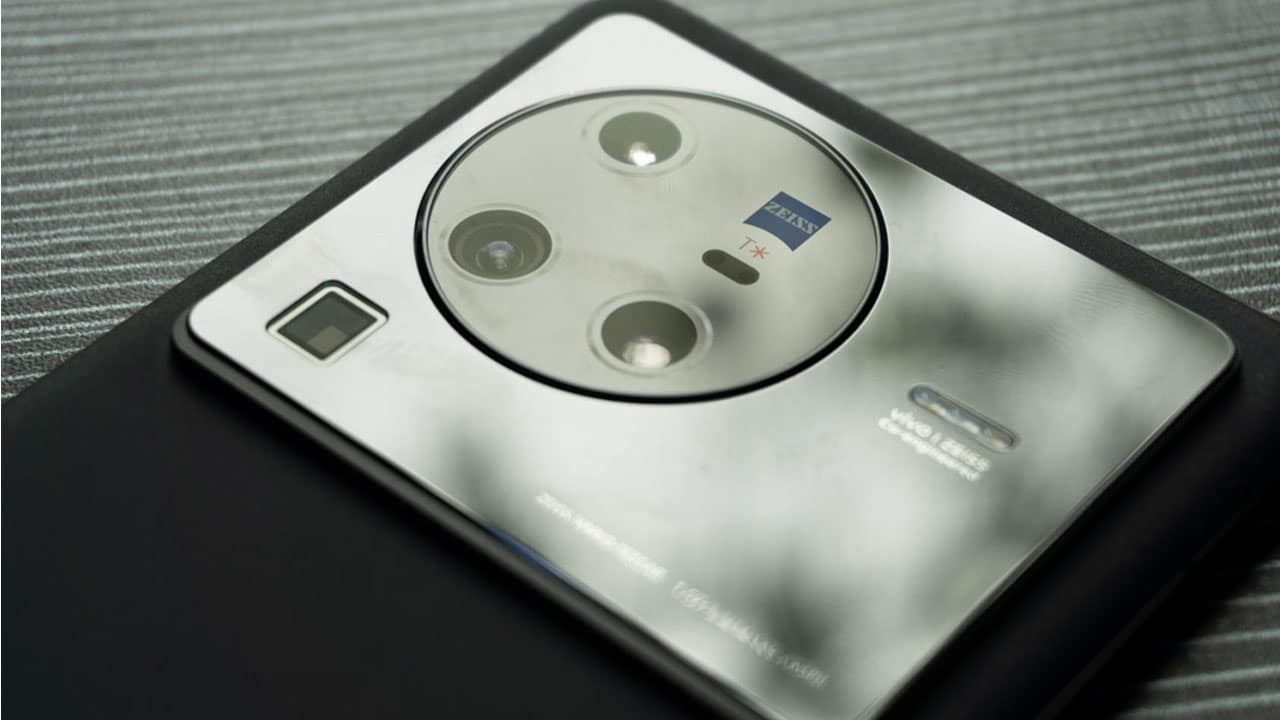
The camera module is the shiny centerpiece to this work of art and holds a collection of vivo’s signature ZEISS cameras in a circular arrangement. For its quad-camera setup, we have a 50-megapixel camera offering a 1/1.3-inch sensor and optical image stabilization (OIS), 48-megapixel ultrawide with laser auto-focus, 12-megapixel telephoto with optical zoom, and finally, an 8-megapixel periscope lens with 5x optical zoom.
The camera panel comes in a high gloss mirror finish which is sadly, a smudge or fingerprint magnet, but that’s just me nit-picking.
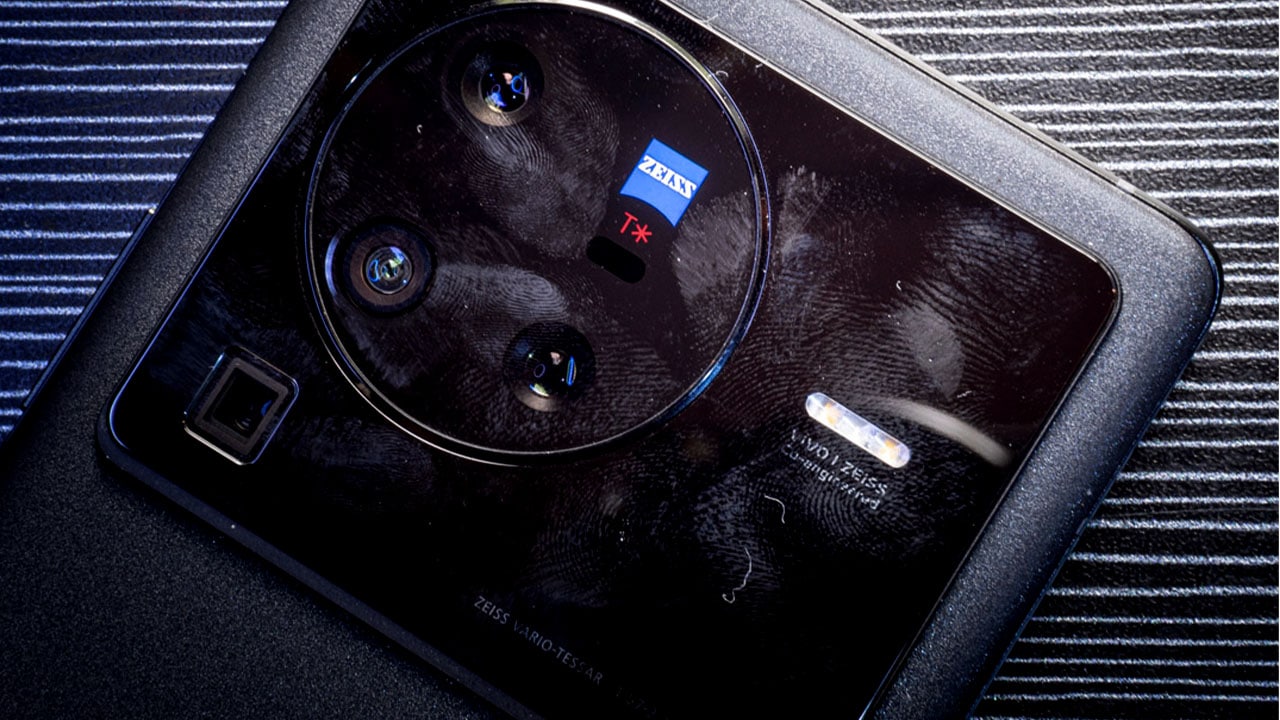
The X80 Pro’s cameras come with a T* ZEISS glass coating which reduces reflected light, therefore, eliminating glare. It amazed me how the cameras have absolutely no reflections of light at any angle even in direct, harsh light. Internal camera components are kept clear which contributes to the ultra-sharp HDR photos this phone can produce.
There is a lot to say about these cameras and it deserves an entire review of its own which is something you can look forward to here on TMC soon.
Software and interface
Powering on the device, you are immediately captivated by that 6.78-inch curved AMOLED display delivering a 10-bit color depth, HDR10+, 1500 nits peak brightness, a high 120Hz refresh rate, and 300Hz touch sampling rate as well.
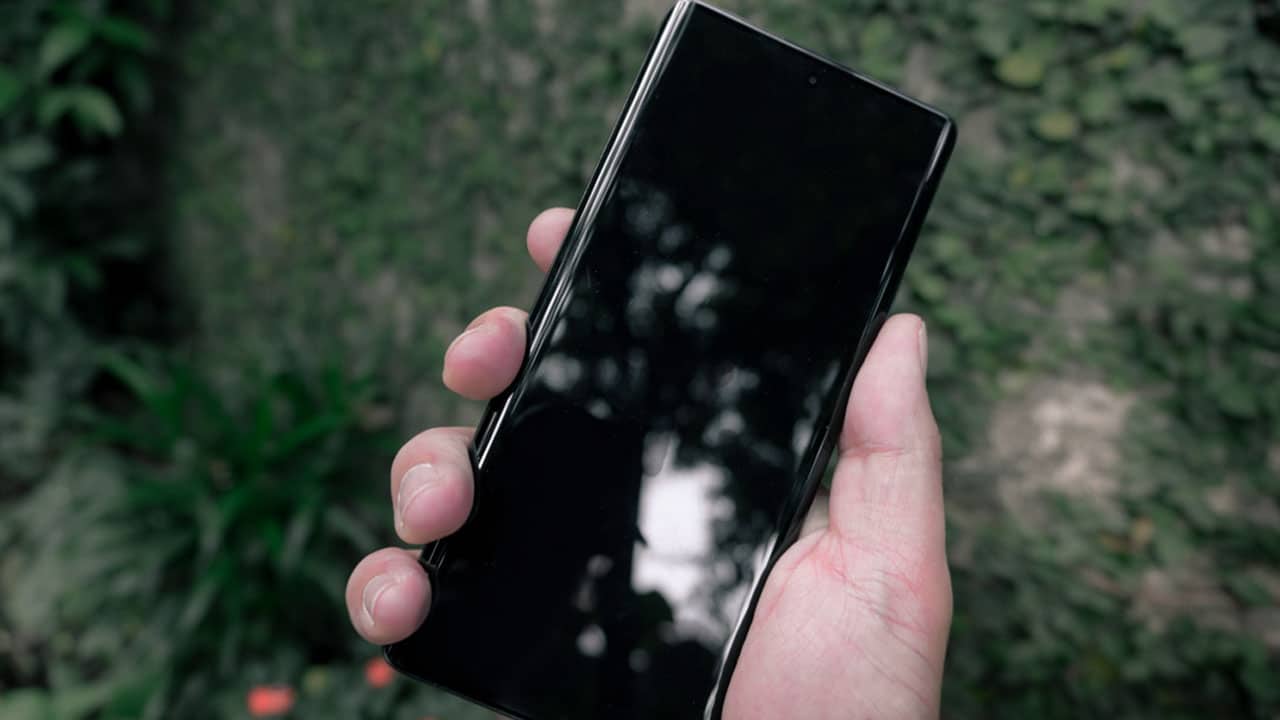
With these specs, gaming and streaming on this phone are sure to be immersive and exhilarating.
Under the hood, the vivo X80 Pro is powered by the latest Qualcomm flagship processor Snapdragon 8 Gen1 working alongside the vivo V1+ chip. It’s supported by a generous 12GB RAM and 256GB of storage and ships with the company’s Android 12 skin, FunTouch12.
On top of that, the device is equipped with an Ultra Large Liquid Cooling Vapor Chamber that offers maximum cooling and heat management during heavy tasks helping the phone maintain peak performance.

A notable feature that caught my attention is the ultra-fast and rather massive fingerprint sensor area on the screen. Not only is it spacious but it’s also adjustable. It’s a simple, innovative design feature that I would personally like to see as a standard for future phones.
It also comes with an array of customizable features such as animation styles and personalized designs adding character and personality to your phone to suit your personal style.
Battery and charging
Packing a 4700mHa battery, the X80 Pro can last the whole day even with heavy use.
It comes with an 80W fast charger that claims a 100% charge in 38 minutes and also supports 50W wireless FlashCharge. This device also boasts reverse charging capabilities that allow you to use the phone to charge other devices wirelessly.
Final thoughts
Priced at PhP 59,999, the vivo X80 Pro, though pricey, will guarantee you that it’s worth your money.
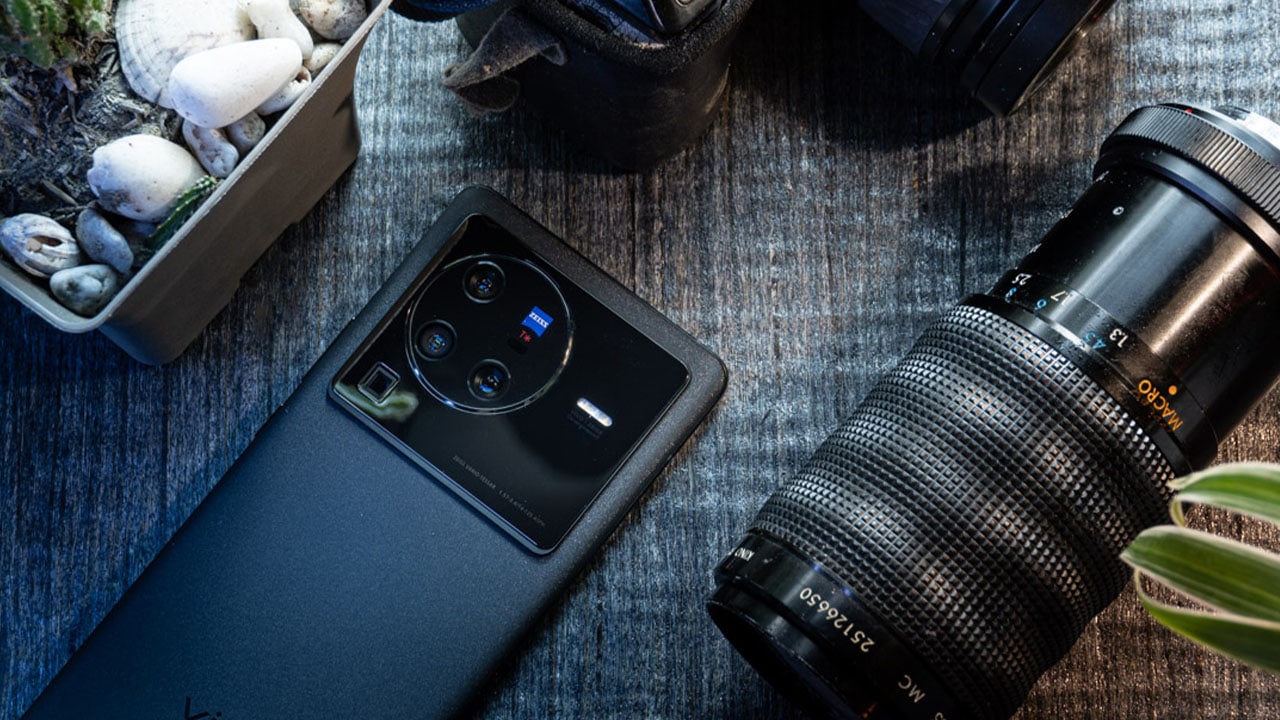
The gimbaled ZEISS cameras with their superior features already sold this for me. Not to mention the excellent night mode where no other phone comes close. vivo continues to surprise us with innovative and industry-leading designs.
In my opinion, it seems like the vivo X80 Pro is the king of camera phones and has set the standard high for mobile professional photography. I’ll be putting it through its paces for a more in-depth camera review so be sure to check back soon!



